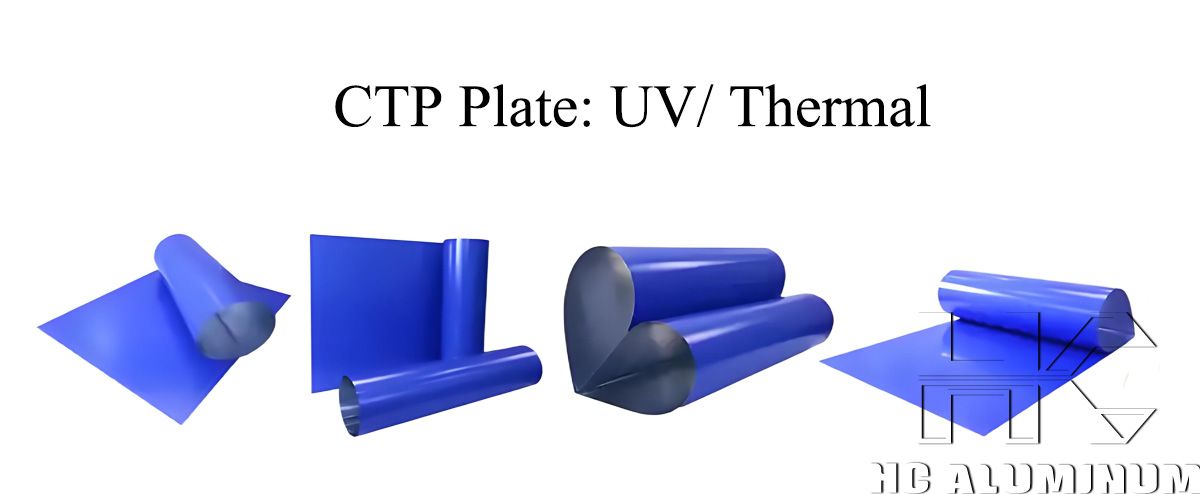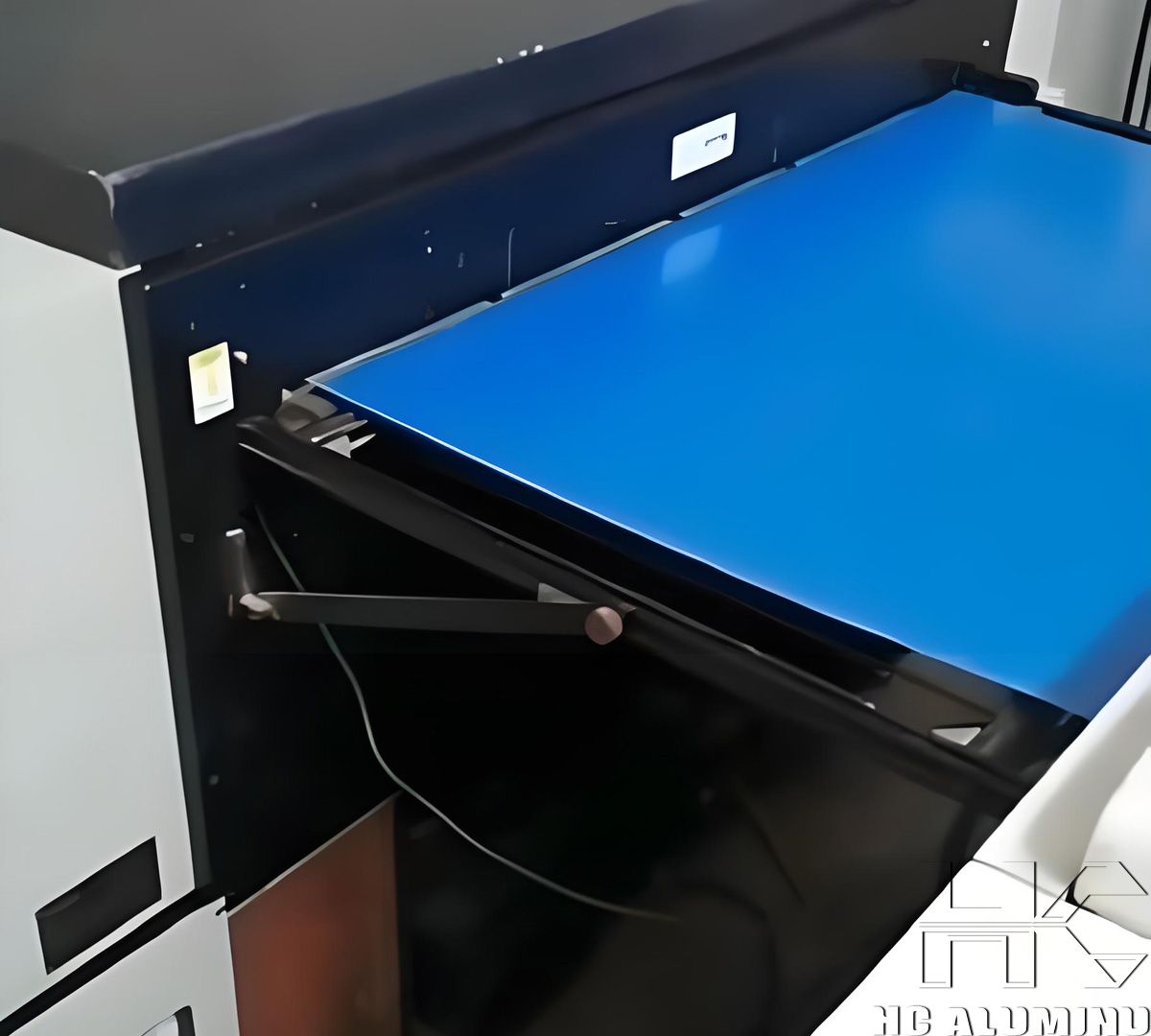If you have any questions, you can directly consult our online customer service. You can visit us online via WhatsApp. We look forward to your visit.
WhatsApp:8618703635966 Online
Choosing Between UV and Thermal CTP for Printing
In the era of digital printing, CTP (Computer-to-Plate) technology has become the mainstream choice for printing plate production. Among the two main types of CTP plates, UV-CTP and thermal CTP each have unique advantages and suitable applications.
CTP technology directly transfers digital images and text onto the printing plate using laser exposure, eliminating the need for film output. Its main advantages include:
High plate-making precision and excellent halftone reproduction;
High production efficiency, saving labor and time;
Reduced chemical processing, making it more environmentally friendly;
Stable color reproduction and precise registration.

UV-CTP & Thermal CTP: Basic Principles
1. UV-CTP Plate
UV-CTP plates use a 405nm wavelength ultraviolet laser to record images through a photochemical reaction. After exposure, the plate needs to undergo traditional development processes, including cleaning and drying.
Key Features:
Low equipment investment;
Fast plate-making speed;
Compatible with traditional PS plate production lines;
Low exposure energy, sensitive to ambient light.
2. Thermal CTP Plate
Thermal CTP plates use an 830nm infrared laser to induce physical or chemical changes in the coating, forming the image. Thermal plates are not sensitive to ambient light and can be operated in normal lighting conditions. They are available in traditional developing and processless types.
Key Features:
High plate-making precision;
Low environmental requirements;
Processless option for more eco-friendly operation;
Higher exposure energy, with relatively higher equipment cost.

UV or Thermal CTP: Which Should You Choose?
UV-CTP plates are exposed using ultraviolet lasers, offering fast plate-making and relatively simple operation. They are ideal for high-efficiency, large-batch production. Due to their sensitivity to light, UV-CTP plates usually require darkroom or yellow-light environments, but their equipment cost is lower, and plate cost is more economical. UV-CTP plates provide sufficient precision for packaging and commercial printing where extreme image quality is not critical. They are also compatible with traditional PS plate production lines, facilitating equipment upgrades and transitions.
Thermal CTP plates, on the other hand, use infrared lasers to form images through heat-induced chemical or physical changes. They are insensitive to ambient light, allowing stable operation under normal lighting. Thermal CTP offers higher imaging precision and printing durability, making it suitable for high-precision printing, long-run jobs, and projects requiring strict registration and halftone reproduction, such as books and commercial printing. Processless thermal plates reduce chemical waste, making them more environmentally friendly. Although the initial equipment and plate cost are higher, long-term operation saves on maintenance and consumables.
In summary, UV-CTP emphasizes efficiency and low cost, ideal for short-run, high-turnover environments. Thermal CTP focuses on precision, stability, and eco-friendliness, suitable for high-quality, large-volume, or long-run printing tasks. Printing companies should choose the most appropriate CTP technology based on production scale, printing requirements, and budget.
Users can make their selection considering factors such as business type, product quality requirements, and price competitiveness.

